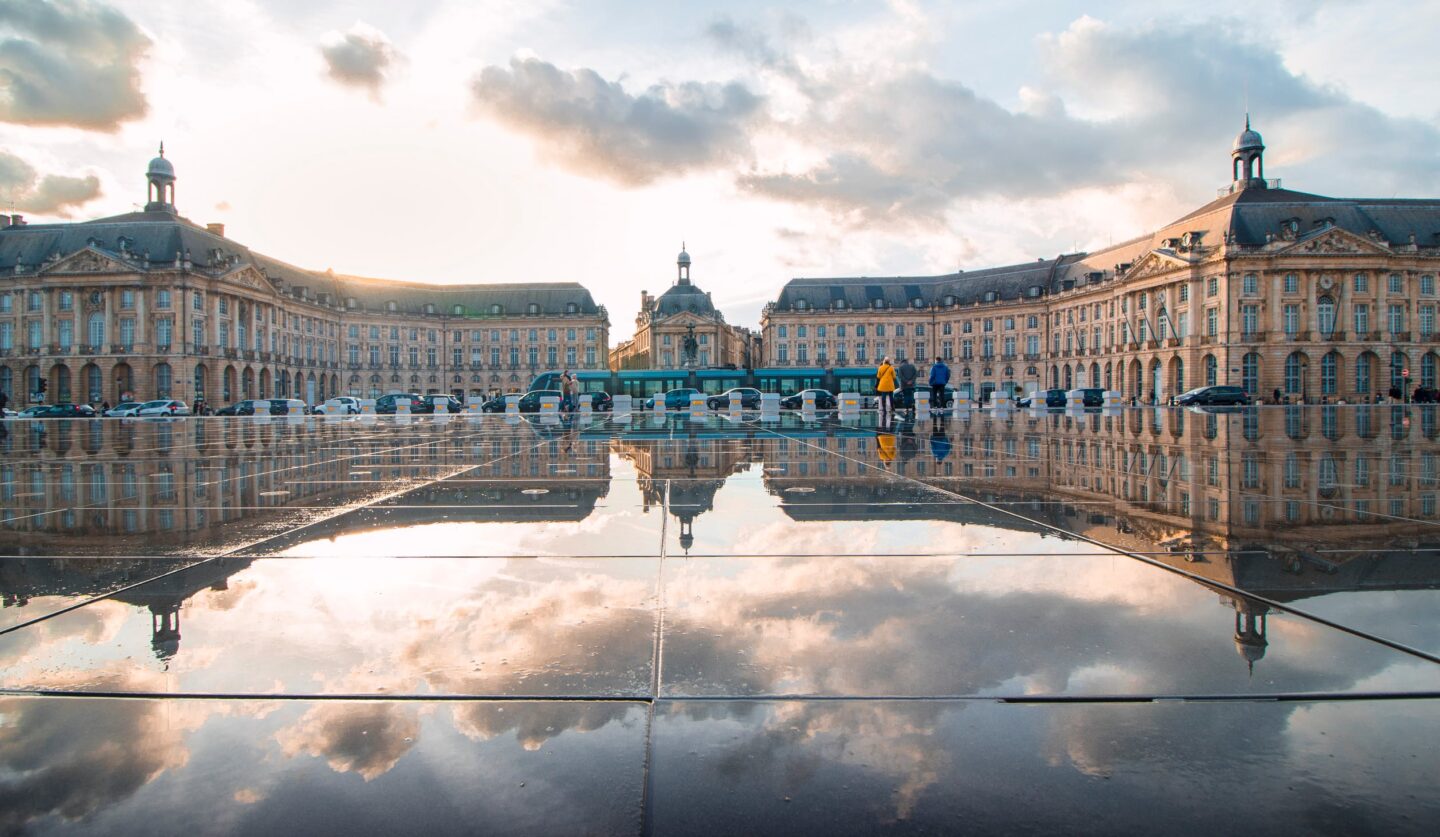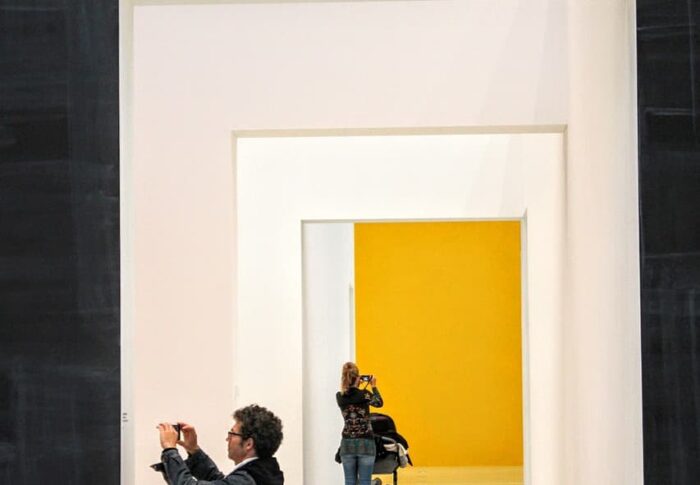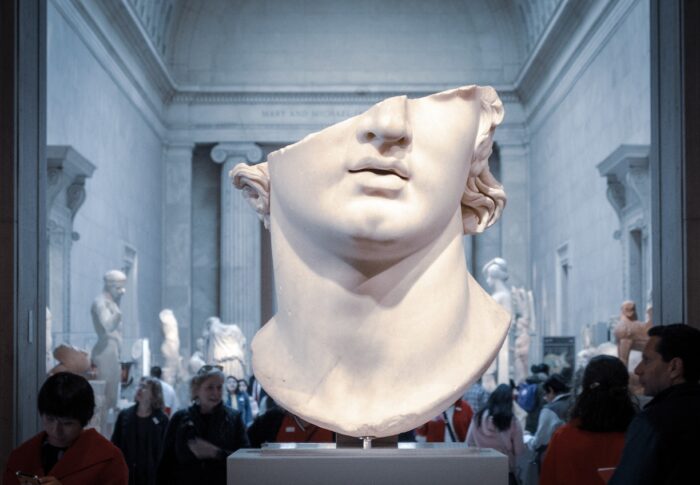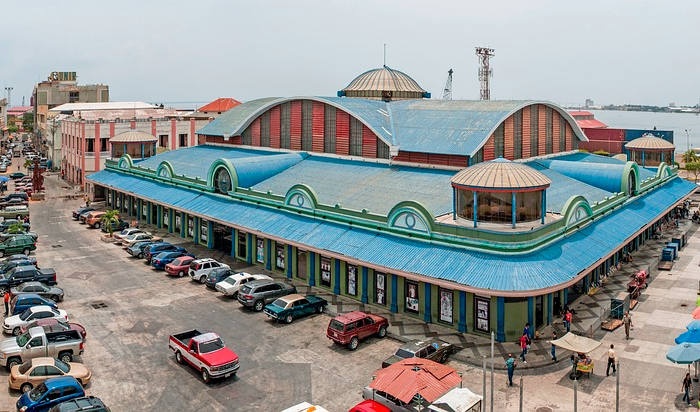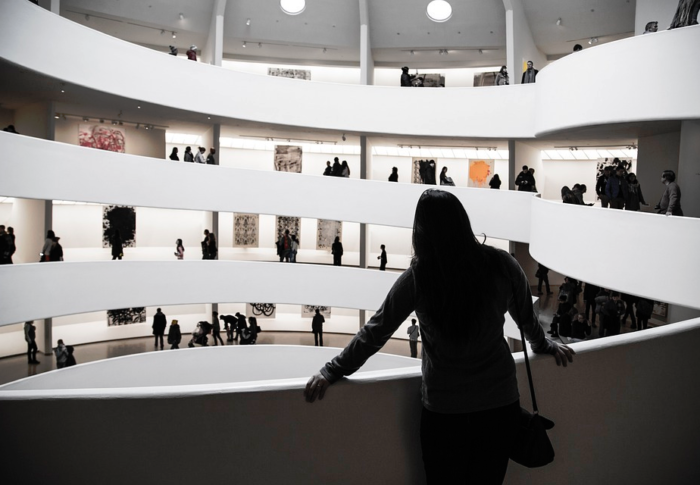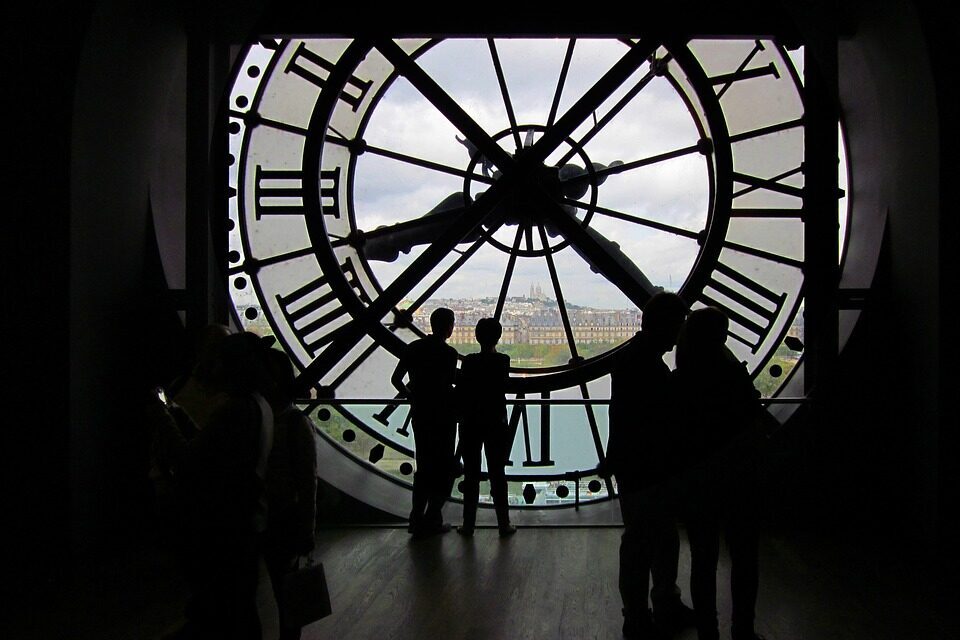
Museum d’Orsay
The largest collection of Impressionism is what the Museum d’Orsay, one of the most visited museums in the French capital, is primarily known for. Monet and Manet (remember: the first – spots, the second – people), the air-ballerina Degas, the melancholic Lautrec, the sunny Renoir, the exotic Gauguin – this is an incomplete part of its collection. However, not only paintings are not famous for the Museum d’Orsay – its collections are located in the building of the former train station, so the interiors are no less interesting than the exhibits.
A bit of history
Museum d’Orsay occupies the building of the same name train station and the adjacent hotel. The station d’Orsay was built for the 1900 World’s Fair in order to relieve the other railway junctions in and around Paris while waiting for the arrival of thousands of visitors. Under the building was allocated a site in the heart of the capital, on the left bank of the Seine, opposite the Louvre.
Technology used the most innovative: d’Orsay became the world’s first electrified train station. After the exhibition, however, the volume of train traffic here dropped several times, and by the 1940s the station was deserted. The building stood derelict until 1971 when there was talk of its demolition, but Georges Pompidou himself stepped in and in 1980 work began on its reconstruction and conversion into a museum. The reason for this was also the fact that the funds of the Louvre were full of unexhibited works. The Musee d’Orsay opened six years later and is today one of the most popular museums in Paris with an impressive list of masterpieces and a host of interesting exhibitions.
What to see
The history of the museum collections begins with the Museum of Luxembourg, founded in 1818 by Louis XVIII to present the works of his contemporaries to the public. The King decreed that, ten years after the death of an artist whose work was universally acclaimed, his paintings would automatically be transferred to the Museum of Luxembourg. Later the collection was enriched by donations of paintings, acquisitions at exhibitions, etc. – and today the holdings include more than 4,000 works of art.
A luxurious collection of Impressionist and Post-Impressionist works is the main pride of the Museum d’Orsay. Among the masterpieces are Eduard Manet’s Breakfast on the Grass and Olympia, Claude Monet’s Rouen Cathedral series, Renoir’s Ball at the Moulin de la Galette, Serre’s Circus, Van Gogh’s self-portrait, works by Signac, Sisley, Toulouse-Lautrec, Degas, Corot, Courbet, Pissarro, Engres and many others.
Painting is not the only thing you can enjoy at the Musée d’Orsay: the collections of sculpture and decorative arts are no less outstanding. Definitely worth seeing are works by Rodin (for example, the famous “Bronze Age”), Camille Claudel (“Maturity”) and Degas’ magnificent sculpture “Little Dancer of Fourteen” (ballerinas are everywhere!). The collection of interior objects is represented by carved precious wood wall panels, a collection of tableware, stained glass, and furniture.
